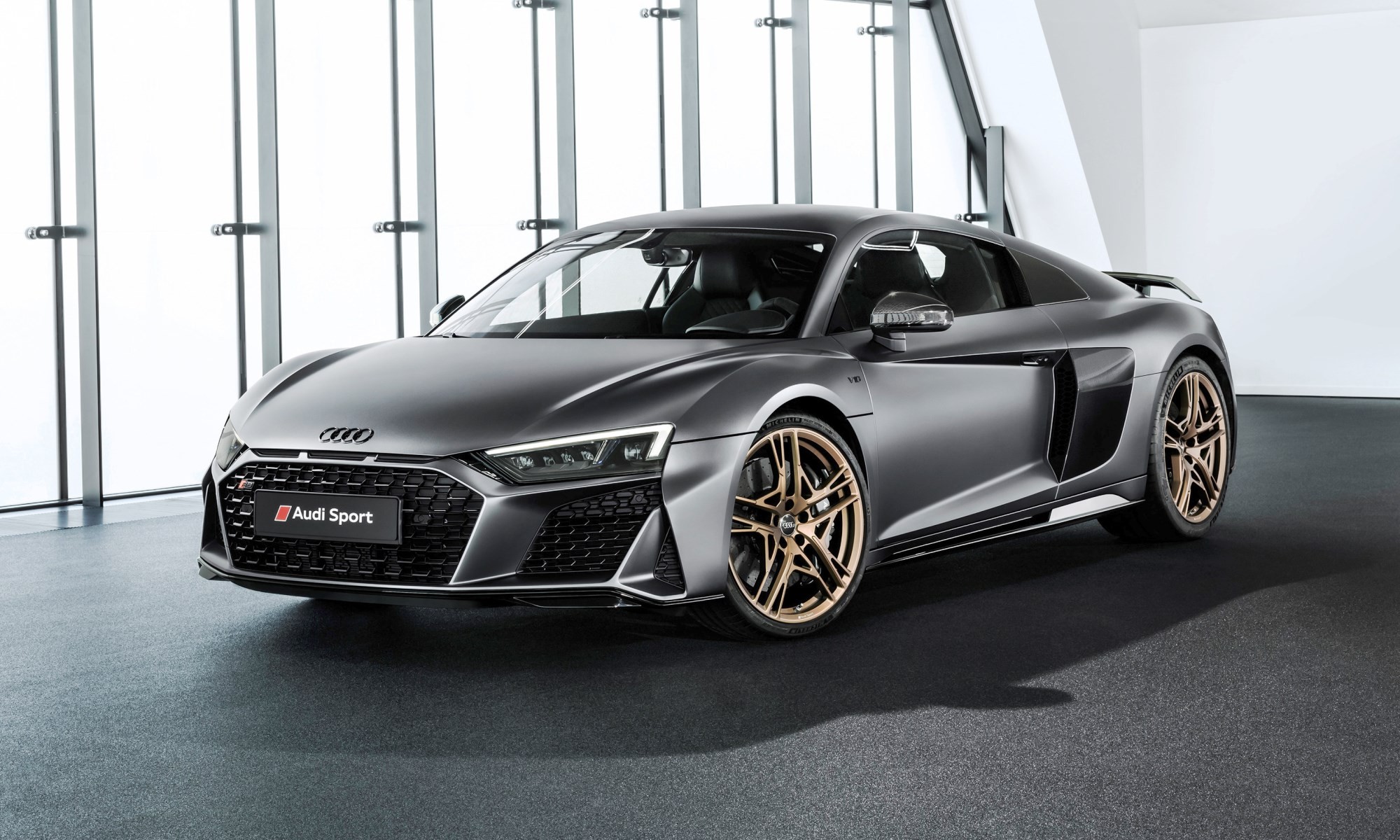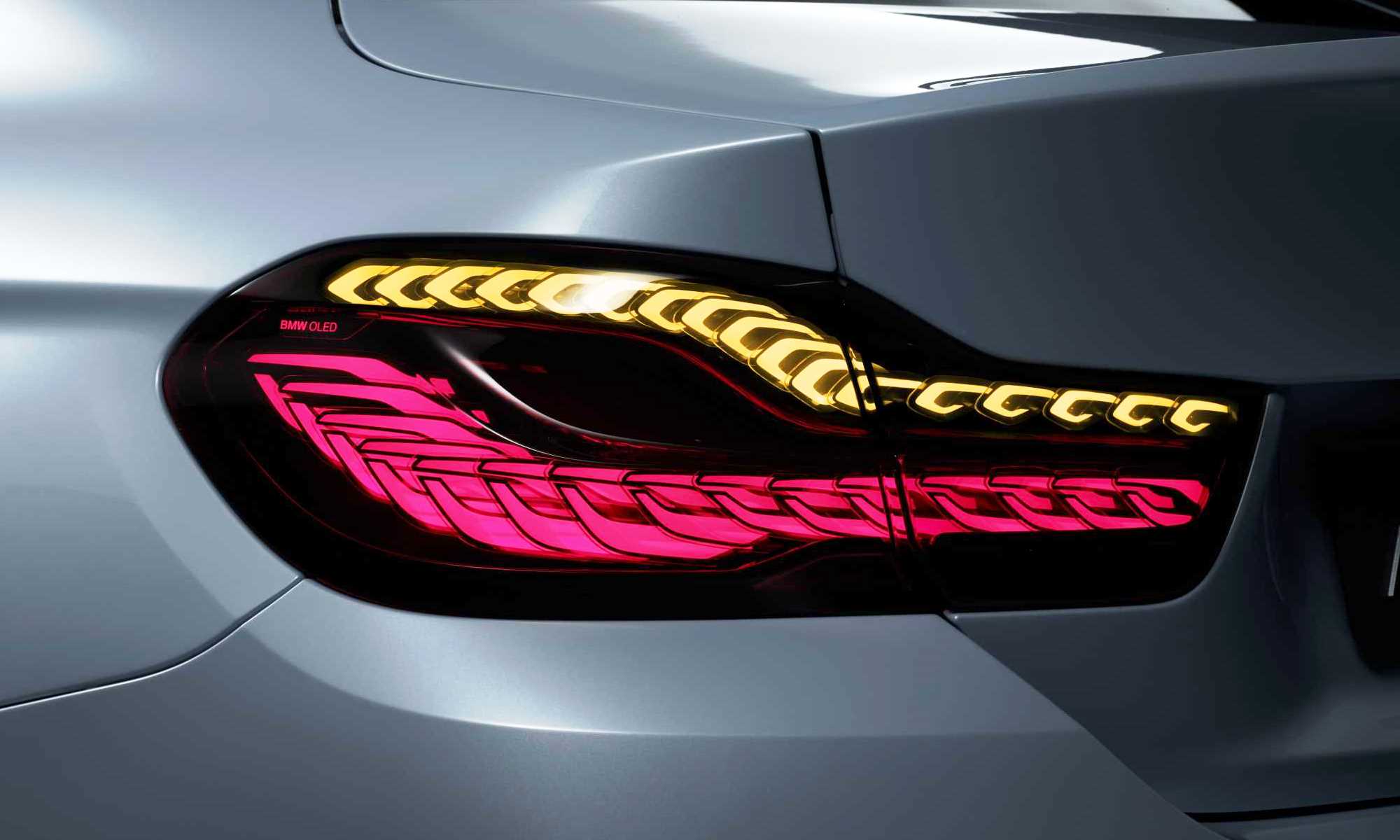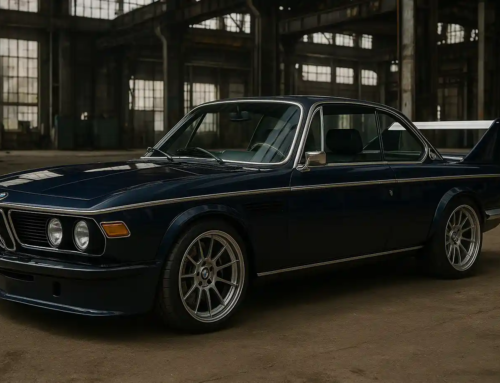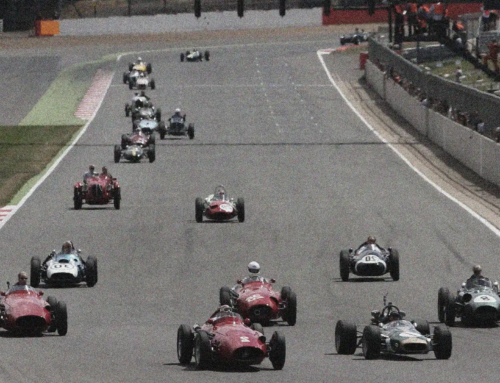Sammy Slowpoke brings us another opinion piece, called The Dukes of Hazards, much like his others, on topics of annoyance on South African roads.
Hazards or emergency lights, flashers, to the general public, have been fitted to modern motor cars since at least the mid-nineteen-sixties, certainly legislation was passed in the US mandating their fitment in 1966. Despite this supposed life-saving device having served dutifully for more than five decades, the use thereof still seems to elude most automobile users, particularly on our roads. A personal injury lawyer states that this unawareness has certainly led to many accidents that have put the passengers under serious injuries.
You can read Sammy’s take on Ferrari’s current F1 woes here and his other gripe with SA traffic at this link.
How do they work?
Activated by pressing, usually, a centrally located button on the instrument panel of the car’s dashboard, and indicated by a red triangle, the hazards flash the vehicle’s turn signals, or indicator lights, in unison, indicating as their name implies, a hazard, or something to be aware of, to other road users in the vicinity of said hazarder.
Usually, these lights are orange in colour, or have orange bulbs hidden behind white lenses, although some of those fancy German cars use animated LEDs that make pretty patterns to mesmerize other road users.
What do the actual rules say?
According to the Purpose and Conditions of the K53; “A practical driving test to determine the ability of aspirant motor vehicle drivers and motorcycle riders”, the following applies:
NATIONAL ROAD TRAFFIC ACT NO. 93 OF 1996
Rules and Regulations
No.R.225 – 17 March 2000
- General requirements for direction indicators
(6) (a) The driver of a motor vehicle fitted with a separate switch to operate all the direction indicators simultaneously, shall put into operation simultaneously all the direction indicators fitted to such vehicle, when the vehicle is—
(i) stationary in a hazardous position; or
(ii) in motion in an emergency situation.
(b) The driver of a motor vehicle shall not put into operation simultaneously all the direction indicators fitted to such motor vehicle in a circumstance other than those referred to in paragraph (a).
So given the number of drivers on our roads who disregard all rules of the road, or simply don’t know that these exist, it can be assumed that those who obtained their licenses through less than ‘appropriate’ channels, have never had a need to read or indeed be examined on the K53. This explains so much…
South African Specific Uses
For some reason, and research on the Internet of things has drawn a blank on the origins of this particular use, South Africans use the hazards as a form of Thank You to other road users. I noticed this, particularly when passing cars or trucks on the N3 down to Durbs that have, illegally I might add, pulled over into the emergency lane to ensure that the family Smith reaches their timeshare in Ballito twenty minutes before everyone else. They are also used to say Sorry to ’Roid Roy whom you just cut off in traffic and now wants to “m**r” you! Nothing calms an irritated Gym Bunny down quicker than three flashes of your hazards.
Of course, one group of road users that does make regular, if not particularly good use of hazard lights, are our friends the mini-bus taxis. Yes, they frequently stop wherever and whenever to pick up or drop off fare-paying clients, and don’t give a damn what this does to our already clogged road systems, but they generally make use of their hazards to legitimise their otherwise illegal pit stops, even if only to thank you for your patience and understanding.
South Africans also make use of hazard lights in conjunction with, or instead of fog lights. Which is ironic as certain car drivers also use their fog lights when there isn’t any fog… but that’s a different post altogether… Admittedly fog lights aren’t fitted as standard to all cars so a certain number of road users are forgiven for this practice. Incidentally, in European countries, you can be fined for the misuse of hazard lights.
Apparently, not being able to find a suitable parking space within twelve and a half steps of the entrance to the local mall and leaving your car unattended behind Uncle Frik’s Ford Cortina whilst you dash into the local bottle store doesn’t constitute a valid use for one’s hazards.
So the hazards on your car truly are the Swiss Army knife of lights; the “do-anything” switch that gives you a free pass to do whatever you please.
In reality
In all seriousness though, should you encounter car trouble and your pace is somewhat slower than the other road users or when your car is at a complete stop due to difficulties or an emergency, and you need to warn other road users of pending hazards, these are all acceptable uses of your vehicle’s hazard lights.
Many modern cars also make use of the hazard lights when emergency braking takes place; this automatically sets the hazard lights in motion (sometimes the brake lights perform this function), and, in some cases, once the vehicle’s airbags have been triggered in an accident.
Further irony of the use, or misuse, of a car’s hazard lights, comes in the form of the drivers of a certain Bavarian brand – no names mentioned to protect the innocent, and yes, this is a glaring generalisation – where these lights are probably used more frequently than the individual indicators themselves…









Leave A Comment